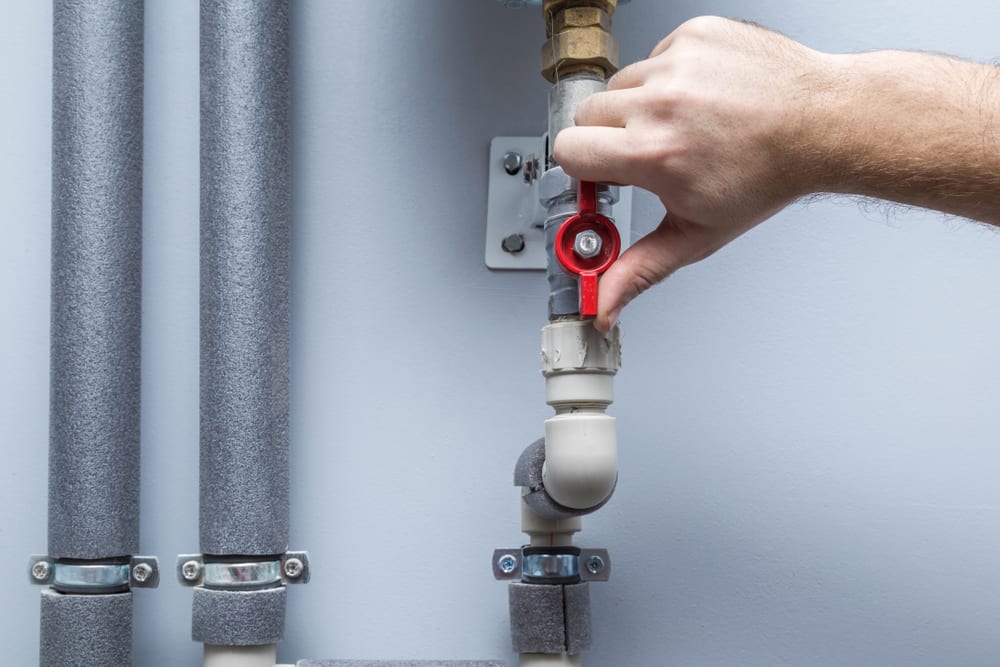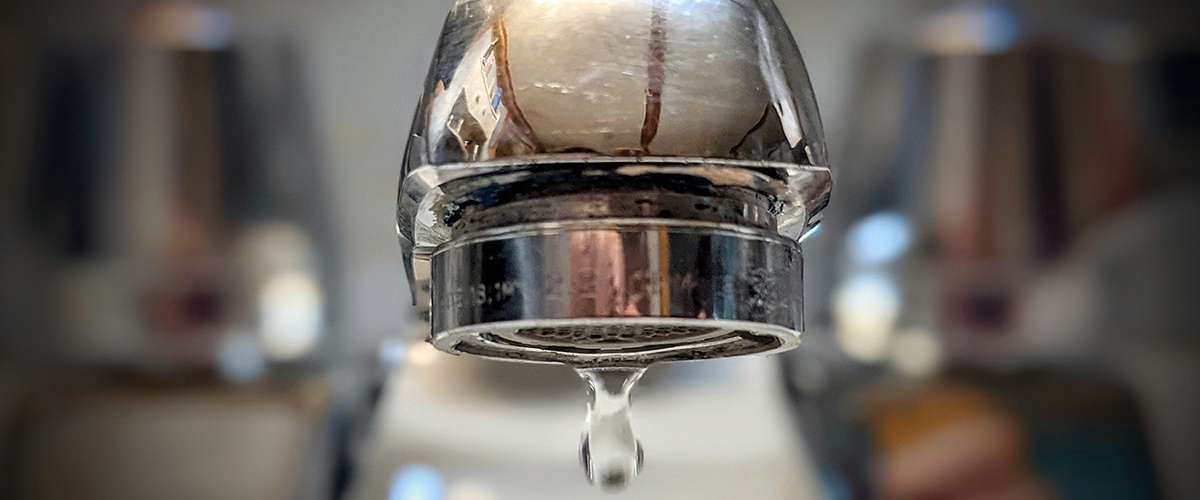Why It's Required to Fix a Leaking Faucet
Why It's Required to Fix a Leaking Faucet
Blog Article
What're your thoughts and feelings on Why Are My Faucets Dripping (And Can I Fix It Myself)??

Trickling taps could look like a minor trouble, yet their impact exceeds simply the annoyance of the noise. From drainage to sustaining unnecessary financial costs and wellness risks, neglecting a trickling tap can cause different repercussions. In this short article, we'll delve into why it's vital to resolve this usual home issue immediately and successfully.
Wastefulness of Water
Ecological Influence
Leaking faucets contribute substantially to water waste. According to the Environmental Protection Agency (EPA), a single tap leaking at one drip per second can lose more than 3,000 gallons of water each year. This not only pressures water sources yet also influences communities and wild animals depending on them.
Step-by-Step Overview to Repairing a Dripping Tap
Tools Required
Prior to trying to fix a dripping tap, gather the essential tools, including an adjustable wrench, screwdrivers, substitute parts (such as washing machines or cartridges), and plumber's tape.
Typical Faucet Issues and Their Solutions
Identify the sort of tap and the certain issue triggering the drip. Typical troubles include damaged washing machines, rusty shutoff seats, or damaged O-rings. Refer to manufacturer instructions or on the internet tutorials for step-by-step advice on fixings.
Financial Costs
Enhanced Water Expenses
Beyond the ecological influence, leaking faucets can blow up water bills substantially. The gathered wastage with time translates into higher utility expenses, which could have been stayed clear of with timely repairs.
Prospective Building Damages
Furthermore, long term dripping can cause damage to fixtures and surface areas bordering the faucet. Water build-up can trigger staining, corrosion, and even structural issues if left neglected, resulting in extra fixing expenses.
Wellness Concerns
Mold and Mildew Development
The constant visibility of dampness from a trickling tap creates an optimal atmosphere for mold and mildew and mildew growth. These fungis not just endanger interior air high quality yet additionally pose health threats, especially for people with respiratory problems or allergies.
Waterborne Conditions
Stationary water in dripping faucets can end up being a breeding ground for microorganisms and various other virus, increasing the risk of waterborne diseases. Contaminants such as Legionella microorganisms prosper in stagnant water, possibly bring about severe ailments when ingested or breathed in.
Do it yourself vs. Professional Repair work
Advantages and disadvantages of Do It Yourself Repair Service
While some might attempt to take care of a trickling tap themselves, DIY repair work include their very own set of difficulties. Without correct expertise and tools, DIY efforts can worsen the concern or lead to insufficient repair services, lengthening the issue.
Advantages of Hiring an Expert Plumber
Employing a specialist plumber ensures that the underlying reason for the dripping tap is addressed efficiently. Plumbing technicians possess the experience and tools to diagnose and fix tap concerns efficiently, conserving time and reducing the danger of further damages.
Environmental Responsibility
Private Contribution to Conservation
Taking duty for fixing trickling taps straightens with wider efforts toward water preservation and environmental sustainability. Every individual's activities jointly make a significant effect on protecting priceless resources.
Lasting Living Practices
By prioritizing punctual repairs and adopting water-saving routines, people contribute to lasting living practices that profit both existing and future generations.
Safety nets
Normal Upkeep Tips
To avoid dripping taps, perform regular maintenance such as cleaning aerators, examining for leakages, and changing worn-out parts without delay. Additionally, consider installing water-saving gadgets or updating to extra effective components.
Relevance of Prompt Services
Attending to trickling faucets as soon as they're seen avoids additional water wastefulness and potential damages, eventually saving both water and money in the long run.
Effect On Property Value
Perception of Well-Maintained Residential Or Commercial Property
Keeping a property in good condition, consisting of dealing with maintenance problems like trickling faucets, boosts its viewed worth and value amongst potential purchasers or tenants.
Influence on Resale Value
Qualities with properly maintained plumbing components, including taps, command greater resale values in the realty market. Resolving leaking taps can contribute to a favorable impact throughout property examinations and settlements.
Verdict
Attending to a dripping faucet surpasses mere comfort; it's a vital step toward preserving water, minimizing monetary prices, and guarding health and wellness and home. Whether via do it yourself repair work or expert aid, taking action to take care of leaking faucets is a little yet impactful method to advertise liable stewardship of sources and contribute to a much healthier, a lot more sustainable future.
How to Fix a Leaky Faucet: Step-by-Step Repair Guide
A leaky faucet may seem like a simple annoyance, but if it's not fixed promptly, that leak could cost hundreds to potentially thousands. From water damage to mold, mildew, and high water bills, even a tiny leak can be catastrophic if left unattended. Damage like this can even affect the overall value of your home, so it's important to take the right approach for leaky faucet repair. You may need the help of a plumber in some cases, but we've got a few tips you can try on how to fix a leaky faucet before calling the pros.
Four Faucet Types
When you're learning how to fix a leaky faucet, the first step is knowing what kind of faucet you're working with! There are four common types.
Cartridge Faucets
Cartridge faucets come in one- or two-handled varieties. In one-handled cartridge faucets, hot and cold water combines in a single cartridge. In the two-handled versions, hot and cold water are controlled separately and mixed in the faucet.
Ball Faucets
Ball faucets have a single lever you push up and down to adjust the pressure and rotate to change the temperature. A slotted metal ball controls the amount of water allowed into the spout.
Compression Washer Faucets
They're the oldest type of faucet, but they're still used in many homes — especially older ones. Compression faucets have two separate handles that, when turned, raise or lower the washer that seals a water valve. This valve stops water from flowing through the faucet when it is turned off.
Disc Faucets
Disc faucets rarely need to be repaired due to their maintenance-free design. The water flow is controlled by two discs — the upper one raises and lowers against a fixed lower disc, creating a watertight seal. If your disc faucet starts leaking, you may need to replace the seals or clean residue buildup from the inlets.
Fixing a Leaky Faucet
Step 1: Turn Off the Water
Whether you're learning how to fix a leaky bathtub faucet or how to fix a leaky kitchen faucet, always turn off the water supply to your working area when you're fixing a leak. The last thing you want is a flood added to your list of things to fix.
Look for the shutoff valves below your sink or around the tub and turn them clockwise to stop the water flow. If your faucet doesn't have shutoff valves, you may need to turn off the water for the whole house. Check to make sure it's off by turning the faucet on. If nothing comes out, you're ready to start the repair.
Step 2: Take Apart the Faucet
How you disassemble your faucet depends on the type of fixture you have. You can use a flathead screwdriver to remove the caps on top of the handle or handles for cartridge and compression faucets. Inside, you should see handle screws. Unscrew these with a screwdriver to remove the handle.
Disc- and ball-style faucets will typically have an inlet screw near the handle, and removing that will reveal the interior of the faucet.
Detach the Valve Stem
For cartridge- and compression-style faucets, you'll see the inner valve stem or cartridge once you remove the faucet handles. If you have a compression faucet, unscrew the brass valve stem. If you have a cartridge faucet, pull out the cartridge. If your cartridge has been in place for a while, it may require some tools or extra force to remove it due to mineral deposits.
Examine and Replace Parts
Once you've removed the parts, check them out to confirm what needs to be replaced. You may see corroded rubber washers, O-rings, stems, or cartridges. On a ball-style faucet, check the seats and springs for damage.
If you need to repair a leaky disc faucet, check the inlet and seals on the lower disc.
Once you determine what parts must be replaced, visit your local hardware store. Bring the damaged parts with you to ensure you can purchase the correct components to replace them.
Clean Valves and Faucet Cavity
If you've removed a stem or cartridge, you may notice mineral buildup in the faucet's threads. Use white vinegar to clean the valve seat by soaking it for a few minutes, then scrub it away with a soft toothbrush and rinse with warm water. You can also clean the interior of the faucet in the same way.
Reassemble the Faucet
Once your faucet is cleaned and the required parts have been replaced, it's time to reassemble it. Put the pieces back together and slowly turn the water supply back on. Doing this slowly is crucial because too much initial water pressure can damage the new hardware you've just installed.
https://homewarranty.firstam.com/blog/how-to-fix-leaky-faucet

As a passionate reader on Leaky Faucets: Why They Happen & What to Do About Them, I imagined sharing that chunk was essential. Be sure to take the time to promote this content if you enjoyed it. Bless you for your time. Please come visit our website back soon.
Report this page